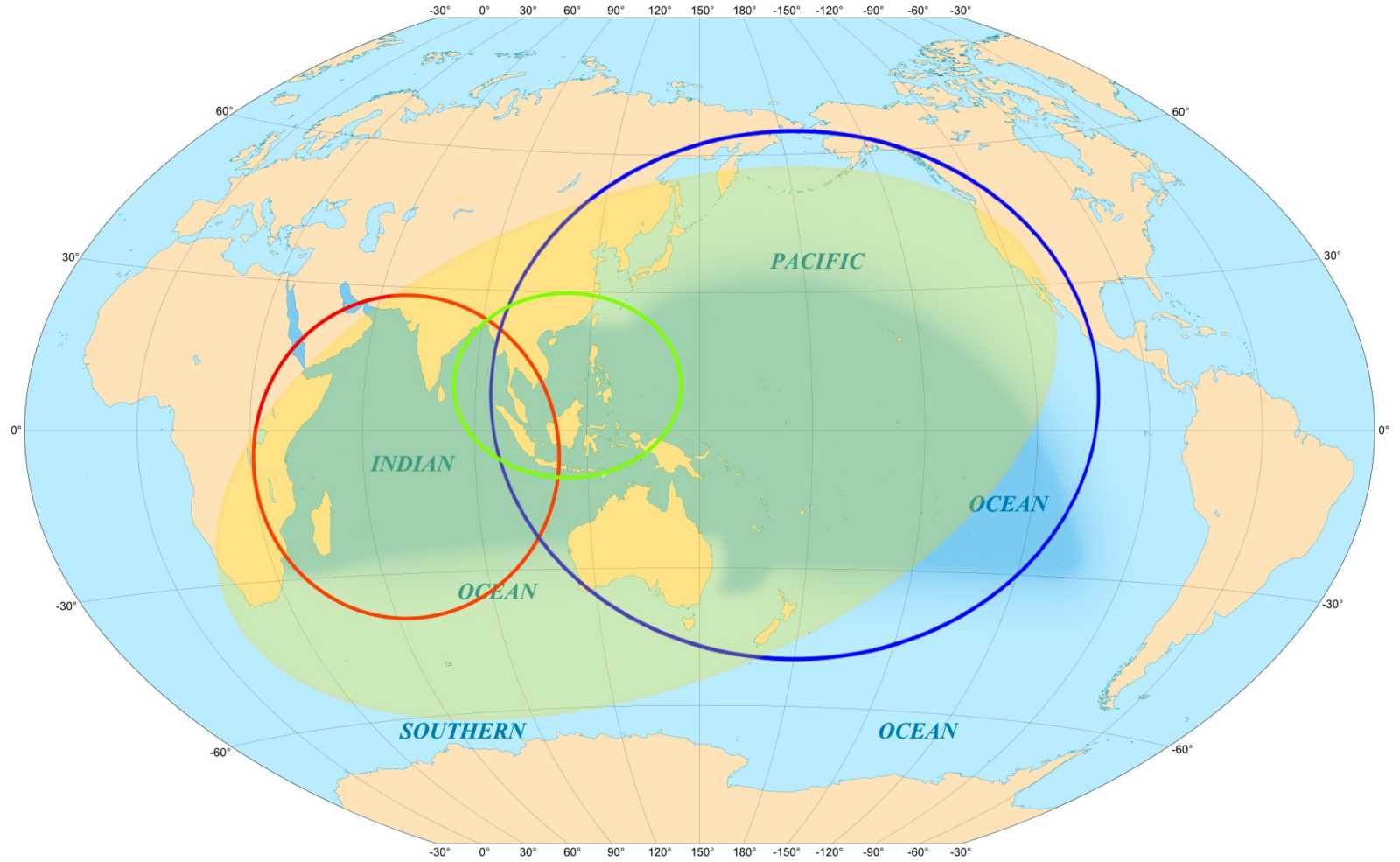Home » Insight Report: China’s Interest in the Pacific Islands
Insight Report: China’s Interest in the Pacific Islands
by John Milo
August 27, 2023

Tags
John Milo
John is a Senior Analyst with an interest in Indo-Pacific geopolitics. Master of International Relations (Australian National University) graduate with study focus on the Indo-Pacific. Qualified lawyer (University of Auckland, NZ) with experience in post-colonial Pacific & NZ legal systems.
